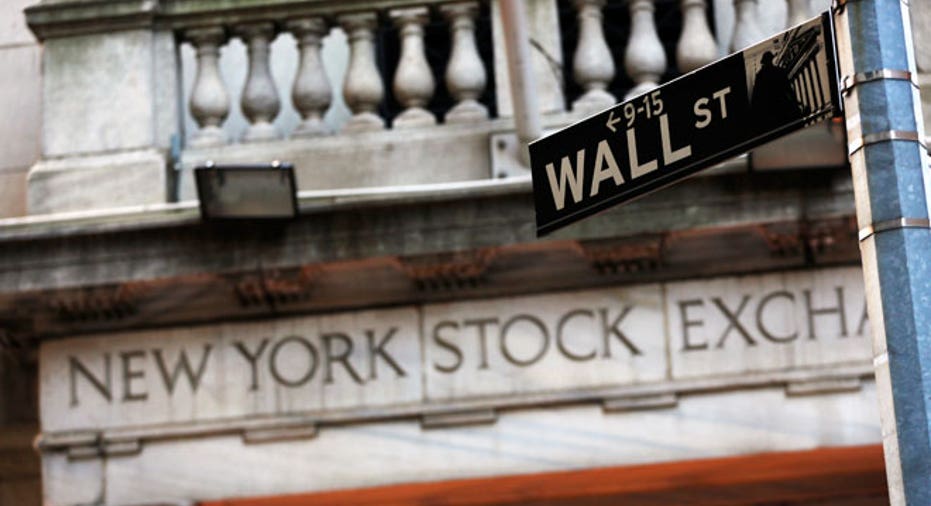Bond Index Funds Drawing Billions of Dollars

NEW YORK – More investors are hopping on the index-fund trend, and not just with stocks.
More money is flowing into mutual funds and exchange-traded funds that track bond indexes, lured by low expenses. It's been a relatively slow migration, but investors got a big jolt in September with the sudden departure of famed bond guru Bill Gross from PIMCO.
Investors yanked $17.9 billion out of PIMCO's flagship bond fund that month and roughly $800 million from other actively managed bond funds across the industry, according to Morningstar. They poured $2.9 billion into bond index funds. The movement means 21 cents of every $1 in taxable bond funds are invested in an index fund. For U.S. stock funds, it's 37 cents.
Before jumping into a bond index fund, though, keep in mind that they come in many flavors and have their own strengths and weaknesses:
— LOWER EXPENSES ARE A BIG LURE
Yields are low for every type of bond. Bonds with strong credit ratings generally offer yields of 2.3 percent, for example, nearly half of what they offered a decade ago.
"If you're already in a low-rate environment, you don't want to give away half of that in management fees," says Gregory Davis, global head of Vanguard's fixed-income group.
Active management comes at a price. Funds pay salaries for stock pickers and teams of analysts, which add up -- $65 of every $10,000 invested in actively managed bond funds went to cover operating costs last year, according to the Investment Company Institute. For bond index funds, just $11 of a $10,000 investment went to expenses.
The top priority for investors should be finding a low-cost bond fund, rather than one that's actively managed versus index-based, Davis says. Some actively managed bond funds can have low expense ratios.
— ACTIVE FUND MANAGERS HAVE MORE FREEDOM
The pitch for actively managed bond funds is that their ability to choose bonds means they have the potential to perform better than the index.
The bond market is set to become more volatile, now that the Federal Reserve has ended its bond-buying program and may be close to raising short-term interest rates for the first time since 2006. It's during these types of markets that active managers can best show their worth, says Mark Cernicky, who is responsible for bond-market strategy at Principal Global Investors.
Bond index funds are often invested heavily in areas that active managers say will be most hurt by a rise in rates: government bonds and longer-term debt. More than a third of the Barclays U.S. Aggregate index, which is the benchmark for many investment-grade bond funds, is in Treasurys.
Active funds can buy more corporate bonds, shorter-term debt or other bonds that can hold up better during periods of increasing interest rates.
At the $963 million BMO TCH Core Plus Bond fund, for example, co-manager Scott Kimball says he has been buying emerging-market bonds in search of higher yields.
— BUT ACTIVE MANAGERS AREN'T ALWAYS RIGHT
At the start of the year, most bond-fund managers expected interest rates to rise. It was a reasonable expectation: The yield on the 10-year Treasury note had just jumped to nearly 3 percent from 1.63 percent in early May.
But they were wrong. Interest rates ended up dropping, and at one point the 10-year Treasury's yield fell below 2 percent.
The unexpected result hampered active bond-fund managers, and most haven't kept up with the Barclays U.S. Aggregate index. The average intermediate-term bond fund has returned 4.7 percent this year, versus 5 percent for the index.
— THE INDEX IS OFTEN BEST, BUT NOT ALWAYS
Many active managers have failed to keep up with the index over the last three years. Of those that specialize in long-term government bonds, just 1 percent beat the related Barclays index. That's according to the latest data from S&P Dow Jones Indices, which runs through June.
Such performance is typical in most bond fund categories: The majority of actively managed funds failed to beat the index. To be sure, there have been some areas where actively managed bond funds have done better than the index. Some also happen to be among the most popular areas for bond investors.
Funds that own high-quality, intermediate-term bonds, for example, form the base of many investors' bond portfolios -- 66 percent of actively managed funds in the category beat the index over the last three years.



















